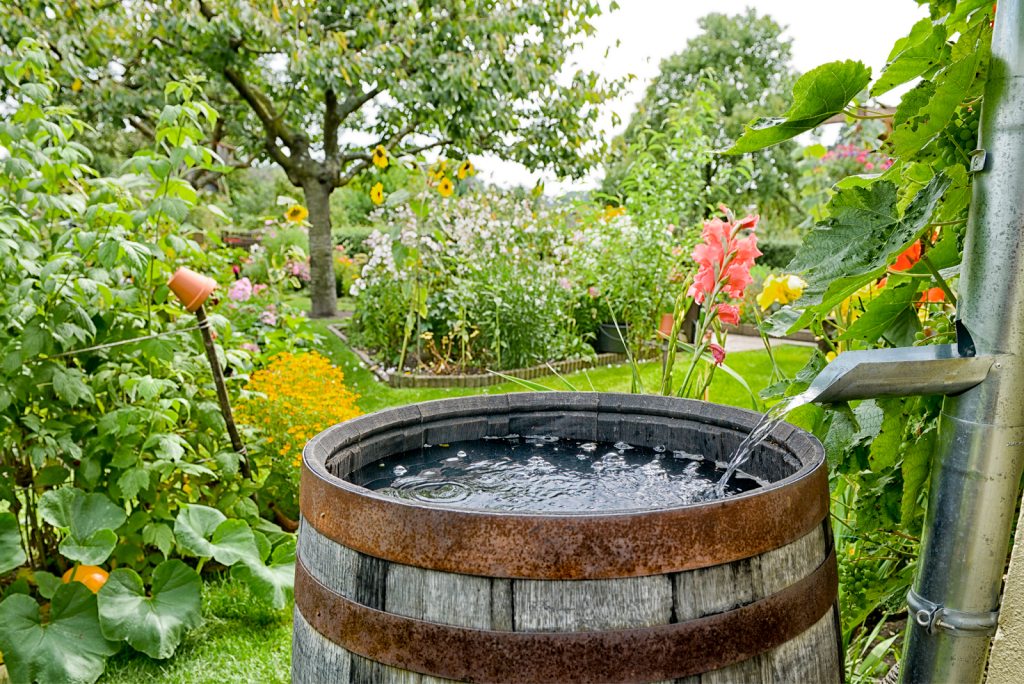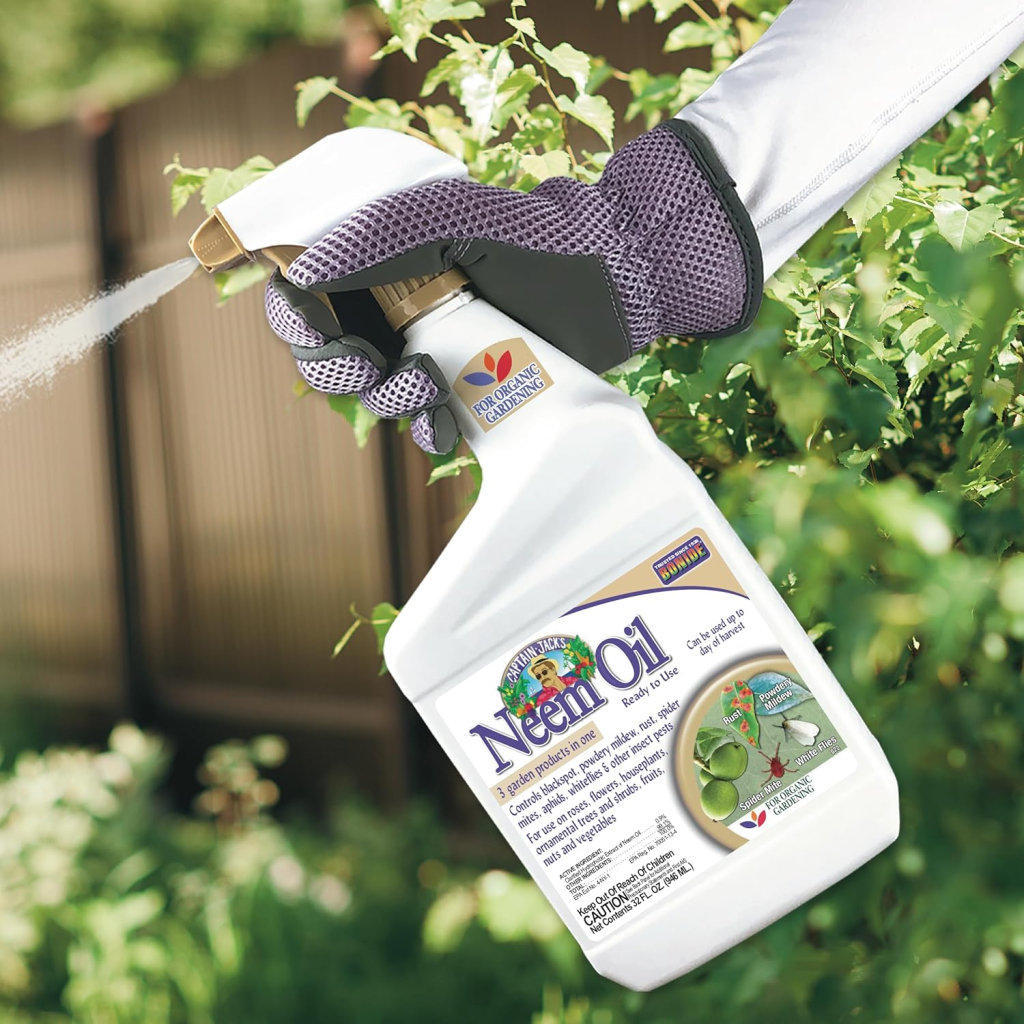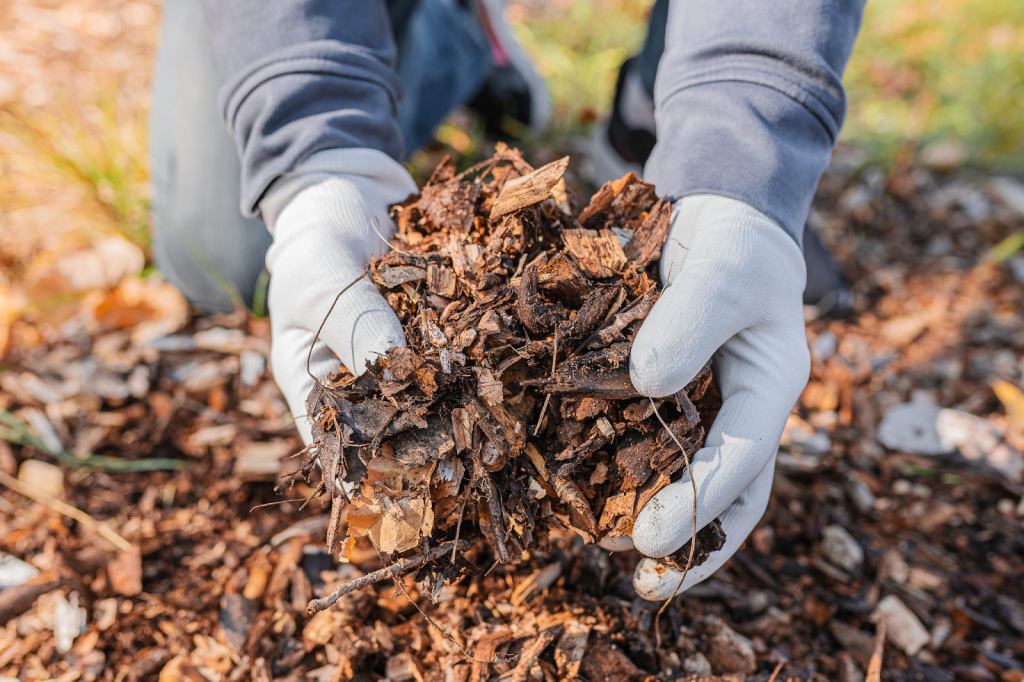Discover sustainable garden hacks for an eco-friendly outdoor space. Learn soil care, water-saving tips, and green solutions to grow a thriving garden!
Creating a sustainable garden goes beyond looks, it’s about working with nature to build a thriving, low-maintenance outdoor space. By starting with healthy soil, adding compost, and using organic mulch, you set the foundation for eco-friendly gardening that conserves water and reduces waste.
From drip irrigation and rainwater harvesting to choosing native climate-smart plants, these sustainable garden hacks help you create an eco-friendly outdoor space that supports wildlife, saves resources, and keeps your garden productive season after season.
These and so much more you will learn from this post!
Composting at Home to Nourish Your Soil

Kitchen scraps do more than fill the trash. With composting at home, a simple bin or tumbler transforms peels, grounds, and yard trimmings into a soil conditioner. Layer more carbon-rich browns than greens, keep moisture like a wrung-out sponge, and aerate to prevent odors. Leave out meats, dairy, oils, and pet waste.
Finished compost supports organic garden soil improvement by loosening heavy soil and helping sandy beds hold water. For sustainable kitchen waste composting, you can chop materials into pieces and cover fresh scraps with leaves. Here are a few DIY compost tips: keep a vented lid, tuck the pile in partial shade, and turn on a regular basis.
Collecting and Reusing Rainwater for Garden Care

A barrel under a downspout, fitted with a diverter, screen, and overflow hose, makes rainwater collection practical on any patio. Elevating the barrel improves gravity flow to soaker hoses, one of the easiest eco-friendly irrigation methods. For dependable results, drain the first-flush chamber after storms and rinse the barrel every season.
One of the most efficient water-saving tips includes aiming the flow at the soil line and avoiding wetting of the edible parts. That practice helps to reduce splash while also supporting sustainable garden watering across raised beds and borders.
Natural Weed Killer DIY Solutions
Vinegar plus a touch of dish soap works as a homemade weed spray on fresh, tender weeds, but keep it off flowers and veggies. Boiling water knocks back growth in patio seams.
You should keep salt for non-planting areas only, because it can negatively affect soil where roots live. With careful aim and patience, these options deliver eco-friendly weed control and serve as non-toxic garden solutions for routine touch-ups between hand weeding sessions.
Author’s Note: Another option is utilizing Natural Weed Control through Companion Planting so check out the linked post for a deep dive.
Neem Oil for Garden Bugs and Pest Management

Neem Oil
Found On Amazon
Neem oil works like a calm reset for stressed plants. Azadirachtin interferes with growth and feeding in many pests, and the oil film helps on contact with soft-bodied targets. Apply neem oil for garden bugs with full, even coverage on both sides of leaves. Keep sprays off flowers and treat when pollinators are inactive to keep your organic pest control pollinator-friendly.
Combine with natural insect repellents such as physical barriers or a quick blast of water. As an eco-friendly bug treatment, neem fits integrated tactics that cut damage without heavy chemicals or long residues.
Companion Planting for Organic Pest Control
Companion mixes make pests work harder and give allies a reason to stay. Dill, coriander, and other herbs provide nectar that fuels predators and parasitoids, which softens outbreaks on nearby crops. That is core to companion planting pest control.
For cucurbits, a sacrificial blue hubbard can act as a lure for beetles and squash pests. Bake these choices into your organic garden planning so beds offer food and cover through the season. Add natural pest deterrent plants like alyssum around greens, then round out the layout with eco-friendly crop pairing that mixes heights and scents for a calmer pest scene.
Mulching with Natural Materials to Protect Soil

Leaf litter, clean straw, and wood chips make beds calmer and healthier. These materials lock in moisture, block light to slow weeds, and break down into organic matter that feeds soil life. This combination helps to keep roots cooler and cuts surface crusting after hot, dry spells.
Use natural mulch for gardens around, not against, stems. For soil moisture retention, spread an even layer and water the bed before and after mulching. Pair with light hand-weeding for organic weed prevention. Over time, this eco-friendly garden soil care helps to boost structure, biology, and resilience.
Recycling and Upcycling in Your Garden
Coffee tins, nursery pots, and food-grade buckets turn into planters with a few smart garden upcycling ideas. Drill drainage or use side-holes and liners to keep roots aerated. Trellis beans or cucumbers on sturdy repurposed frames, then anchor them for stability. Choose sustainable garden materials and skip containers that previously stored toxins.
For watering, bottle-based self-watering buckets and slow-drip caps deliver steady moisture without gadgets. These recycled garden DIY projects pair well with soil-building and composting to reduce waste. The result is a set of eco-friendly planters that save money and keep useful items out of the trash.
Attracting Beneficial Insects and Pollinators

A steady buffet keeps allies close. Native blooms in layers and colors support a pollinator-friendly garden, and allowing a few herbs to flower draws hoverflies and other natural pest control helpers. Butterflies need nectar plus host plants for their caterpillars, so tuck those into sunny beds.
Provide a shallow water source with stones, then avoid insecticides on flowers to protect beneficial insects. With these basics, beds become lively corridors where predatory insects and bees reduce pest flare-ups. That is the heart of eco-friendly wildlife gardening that helps plants set more fruit with fewer problems.
Author’s Note: Checkout our post on Garden Design For Pollinators and Wildlife for a comprehensive guide to creating vibrant ecosystems at home!
Final Thoughts on Sustainable Garden Hacks
Fold in sustainable garden hacks a few minutes at a time. Refresh mulch, clip seed heads, and hand-pull seedlings. In tight areas, a DIY natural weed killer such as vinegar can burn young weeds, but only where spray won’t touch wanted plants.
Build soil with composting at home by alternating browns and greens and turning occasionally. For pests, neem oil disrupts feeding and growth when used per label.
Try one of these hacks this week and let us know how it changed your garden in the comments below!


